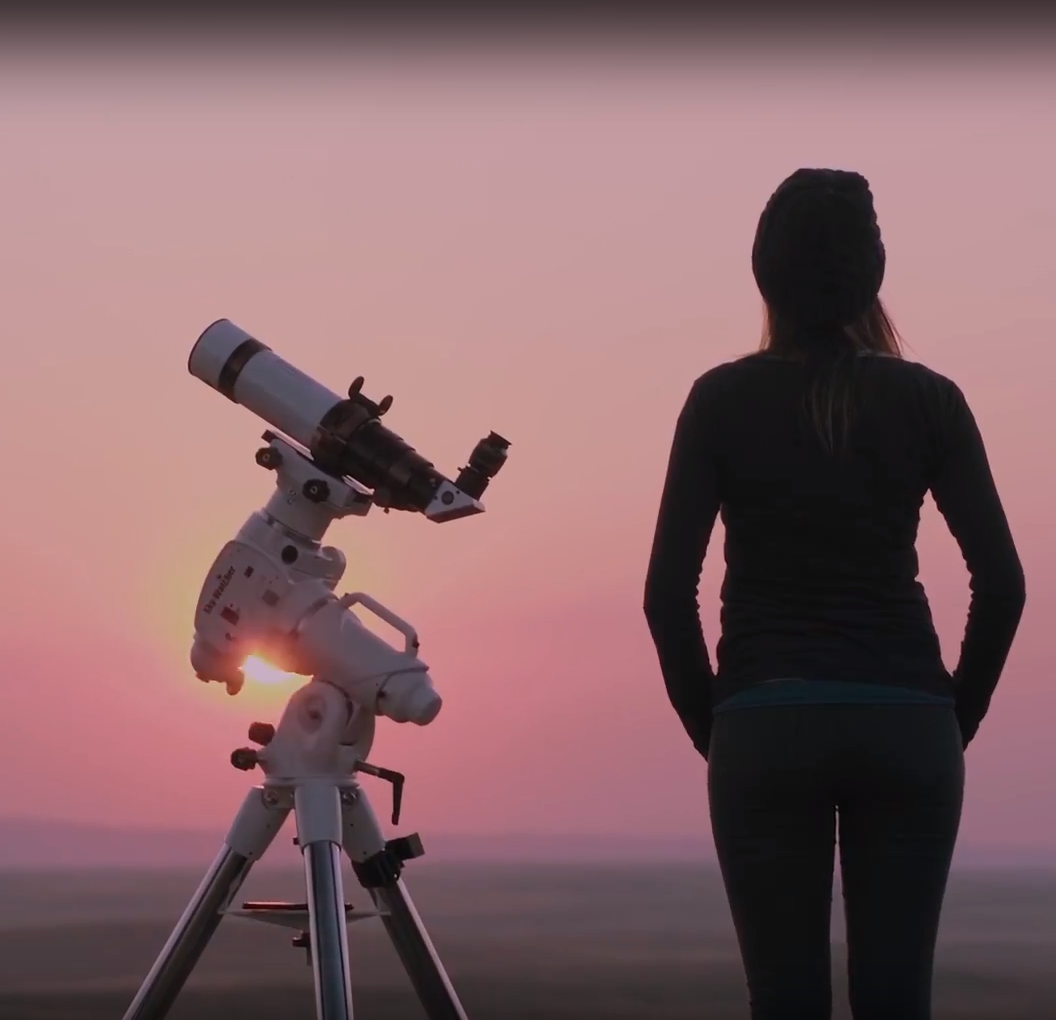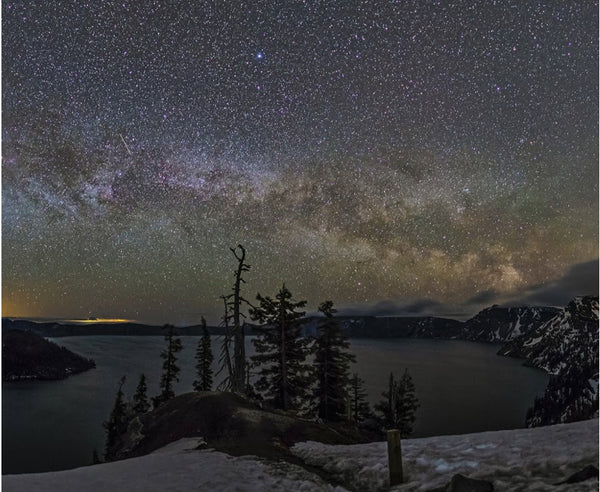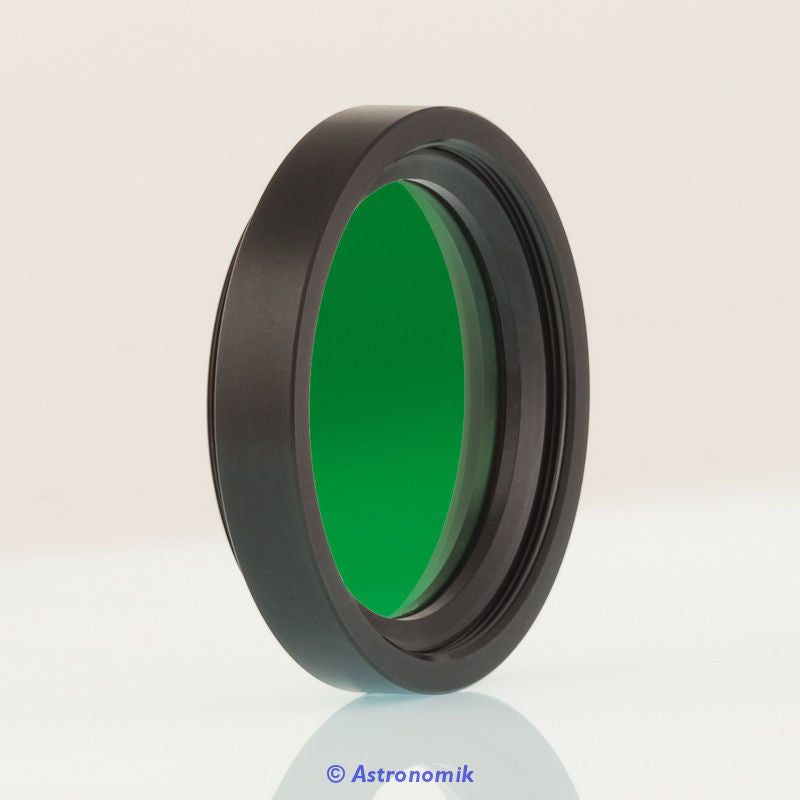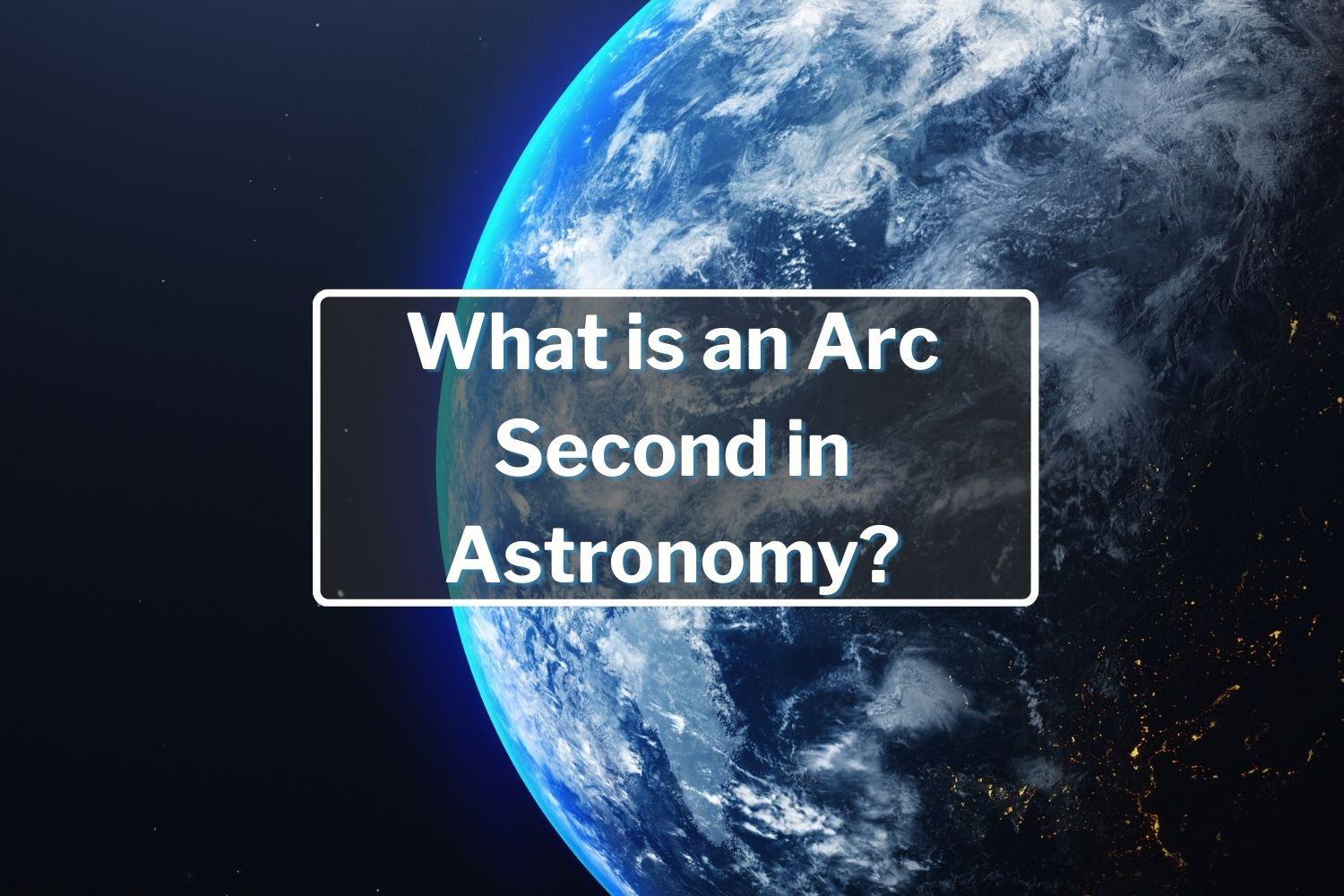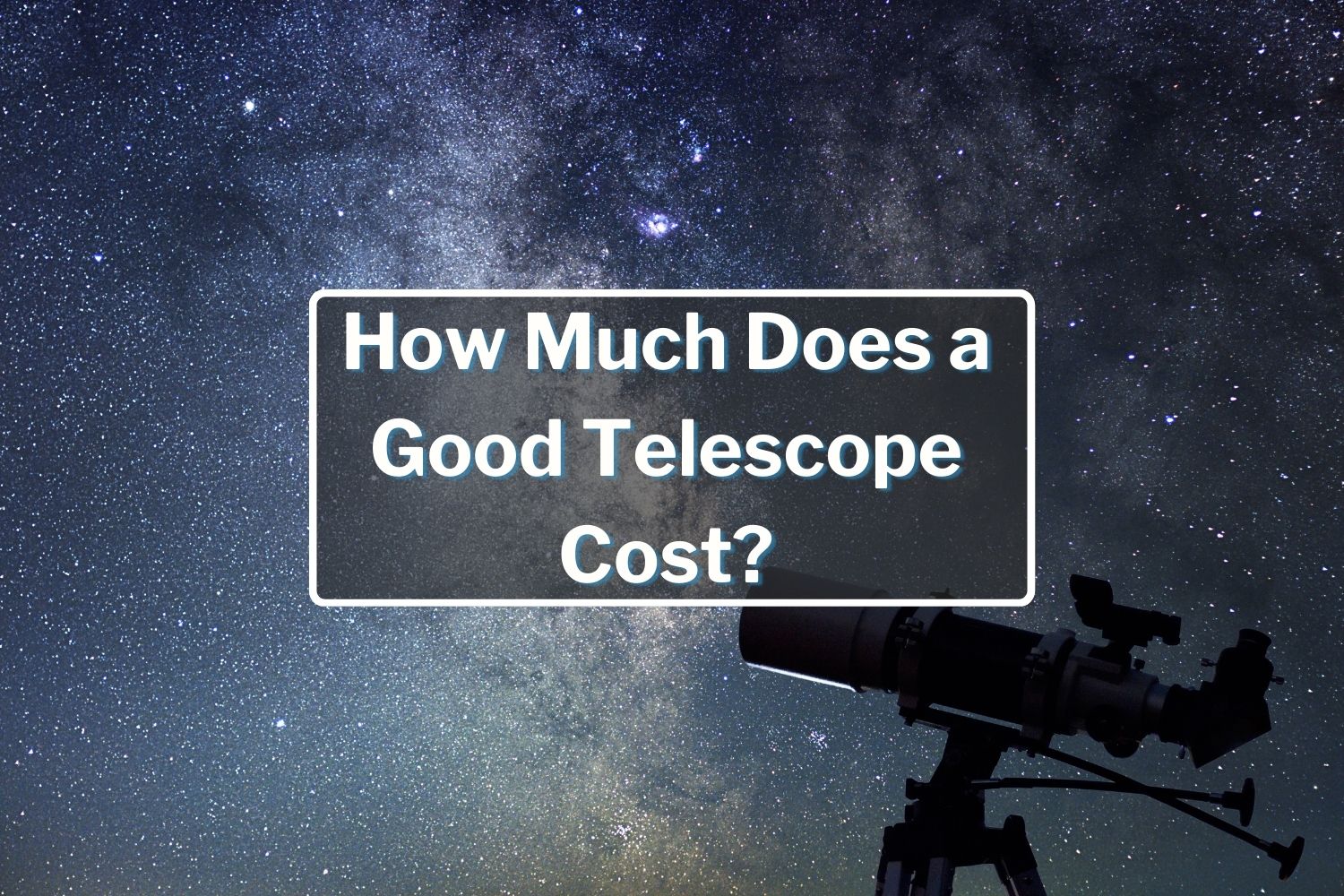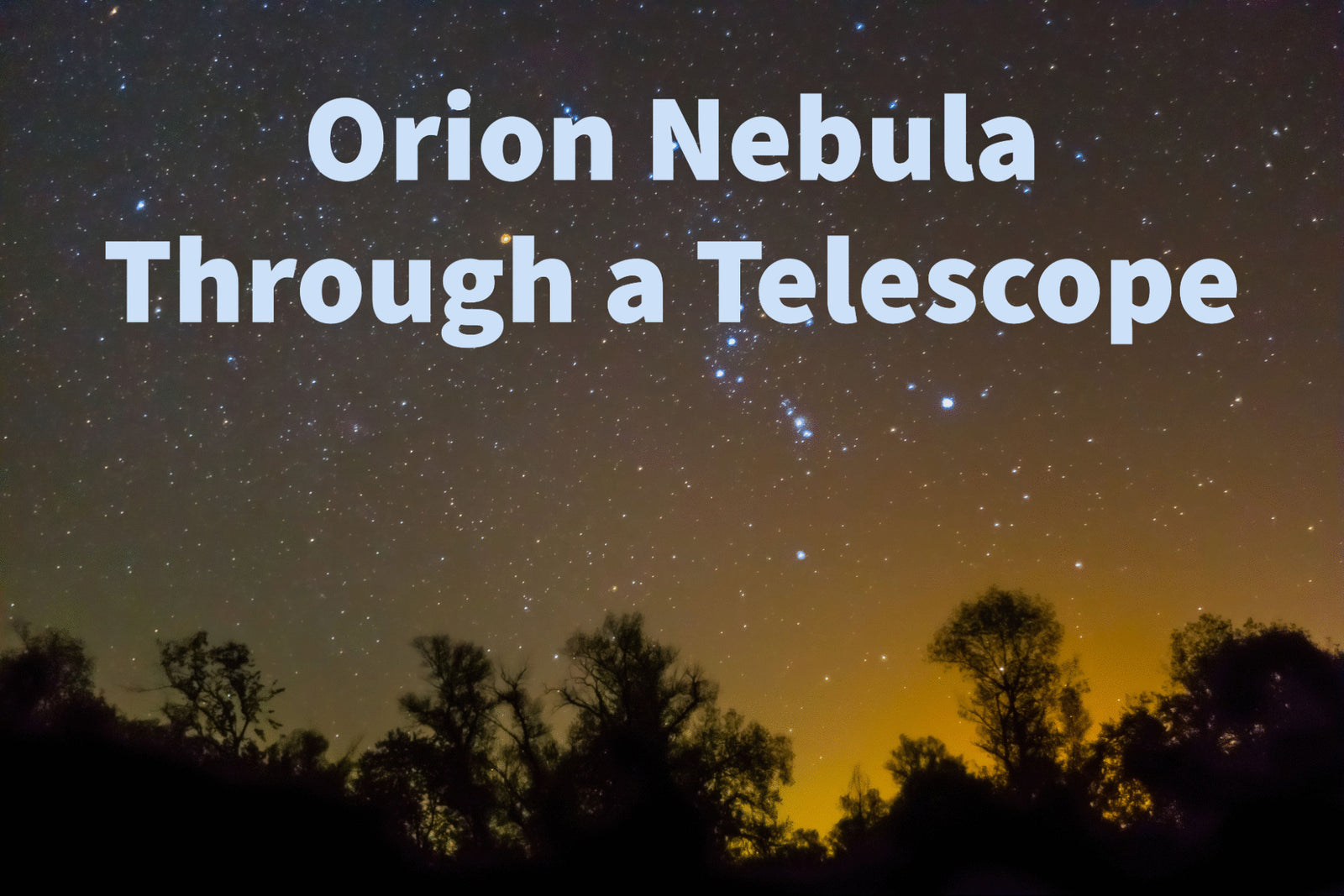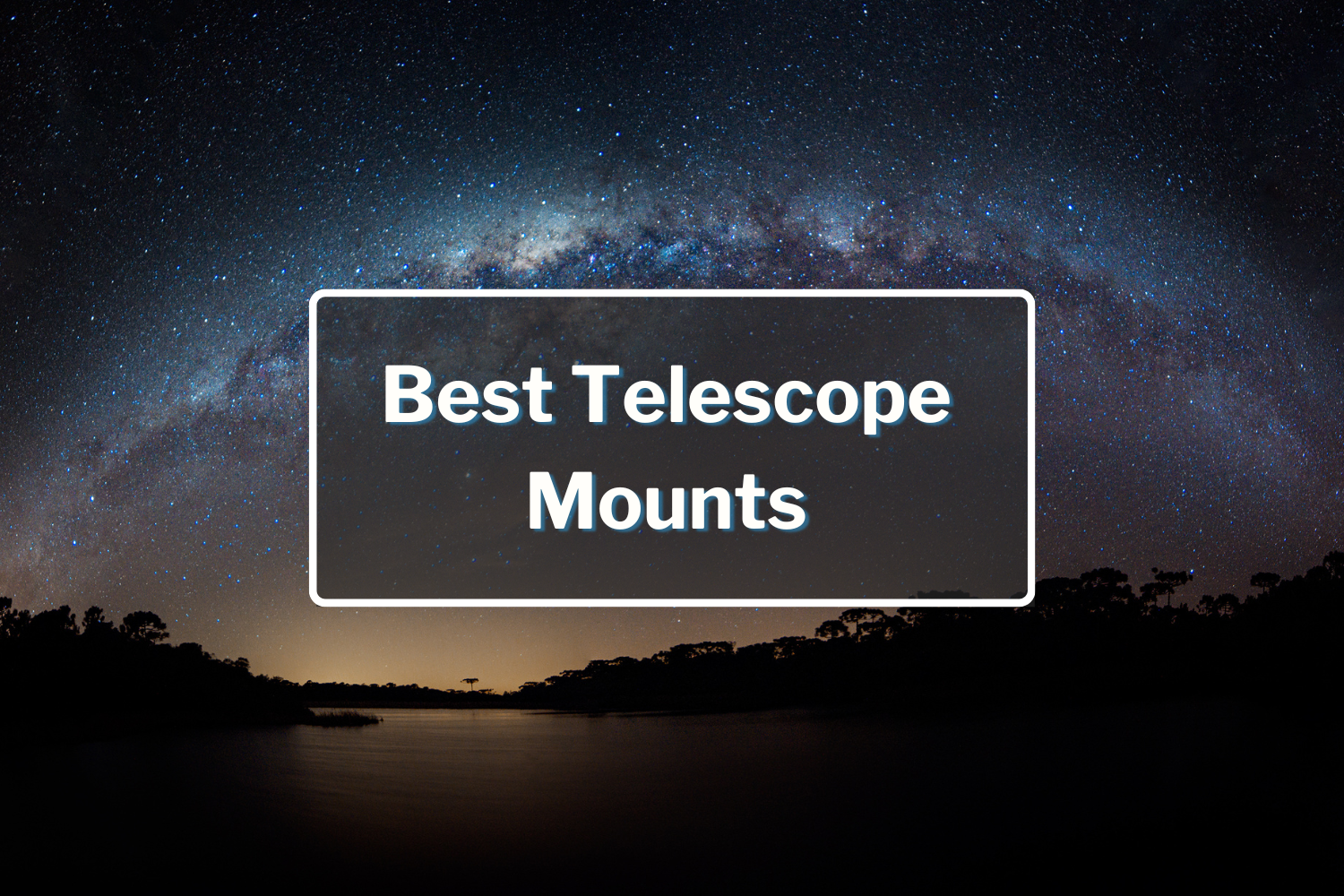What's in the Sky? Top Astronomy Events of October 2022
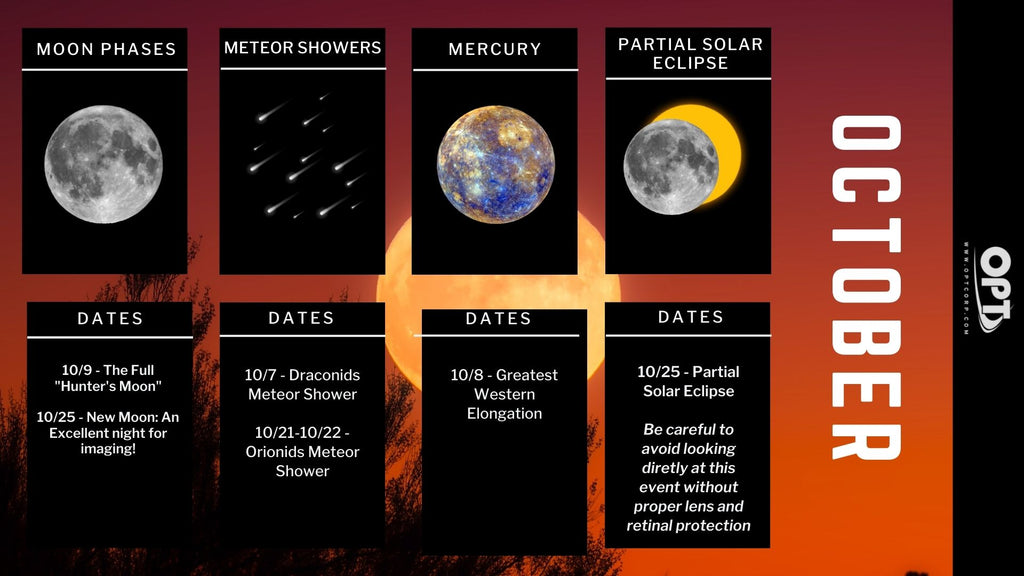
10/7 – Draconids Meteor Shower
A minor meteor shower that produces only around 10 meteors per hour. Produced by remanent dust grains of comet 21P Giacobini-Zinner. The Draconids is an unusual shower that is typically best observed in the early evening, as opposed to early morning like most other showers. This shower runs annually from 10/6 to 10/10, and peaks on the evening of 10/7. Meteors will radiate form the constellation Draco, but can appear anywhere in the sky.
10/8 – Mercury at Greatest Western Elongation
The planet Mercury will reach its greatest western elongation of 18 degrees from the Sun. This will be the best time to observe the planet, as it will be at its highest point above the horizon in the morning sky. Best seen just before sunrise, low in the eastern sky.
10/9 – Full Moon
The Moon will be located on the opposite side of the Earth as the Sun. As such, its face will be fully illuminated. The full moon of October is known as the Hunters Moon, stemming from the time of the year where leaves fall and game it prime for hunting. It has also been referred to as the Travel Moon and the Blood Moon by early Native American tribes.
10/21-22 – Orionids Meteor Shower
The Orionids is an average meteor shower that produces up to 20 meteors per hour at its peak. Produced by dust grains left behind by the famous comet Halley. The shower runs annually from 10/2 through 11/7, with the peak landing on the night of 10/21 and the morning of 10/22. The Moon will be in a thin, crescent phase, creating dark skies optimal for viewing this shower. Meteors will radiate from constellation Orion, but can appear anywhere in the sky.

Partial Solar Eclipse. Photo captured by Geronimo Giqueaux
10/25 – New Moon and Partial Solar Eclipse
The Moon will be located on the same side of the Earth as the Sun and will not be visible in the night sky. This will be the best time of the month to observe fainter objects like galaxies and star clusters due to the lack of lunar interference.
On this same night, a partial solar eclipse will take place. A partial solar eclipse occurs when the Moon covers only a portion of the Sun, rather than covering the entire surface. It can only safely be observed with a special solar filter or dedicated eclipse glasses. You can view it by looking at the Sun’s projection. Interested in imaging this eclipse? Check out our collection of dedicated solar astrophotography cameras! This event can be seen throughout most of South America and the southeast Pacific Ocean.
Conjunctions in October 2022:
Below are all of the conjunctions for this month. The celestial objects of all four conjunctions listed below are spaced too far apart to be seen in the same field of view through a telescope, but they can all be visible by the naked eye, or seen in more detail through binoculars.
| Date | Celestial Objects |
| 10/5 | The Moon and Saturn |
| 10/8 | The Moon and Jupiter |
| 10/14 | The Moon and Mars |
That concludes the top astronomy events of October 2022! What did we miss? Which event are you looking forward to the most? Is there anything you would like to add? Let us know in the comments below orContact Us to speak with an expert.
We releasemonthly updates going over the top astronomy events of that month. Want to be notified when each list is released? Sign up for our newsletter below!
Overview of the Top 2022 Astronomy Events

Check us out on social:


